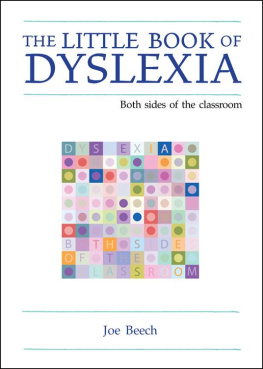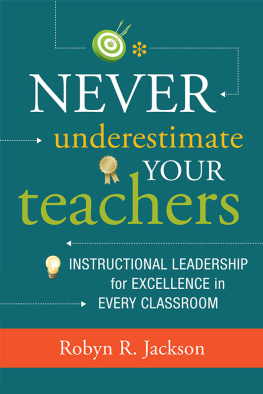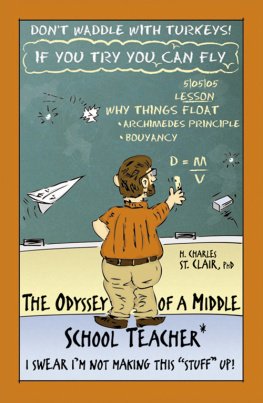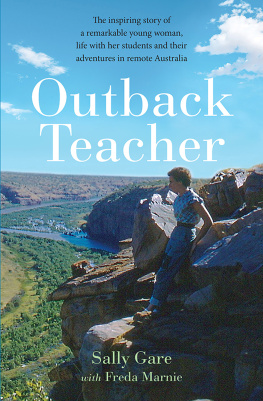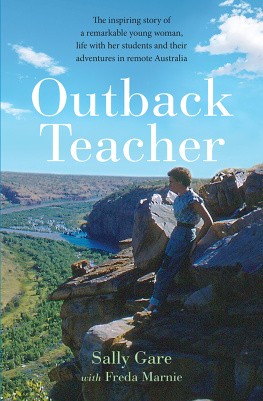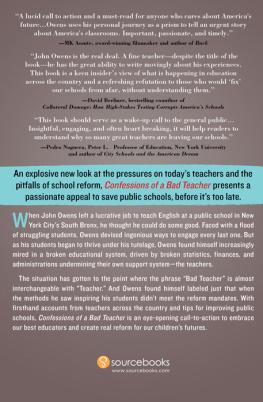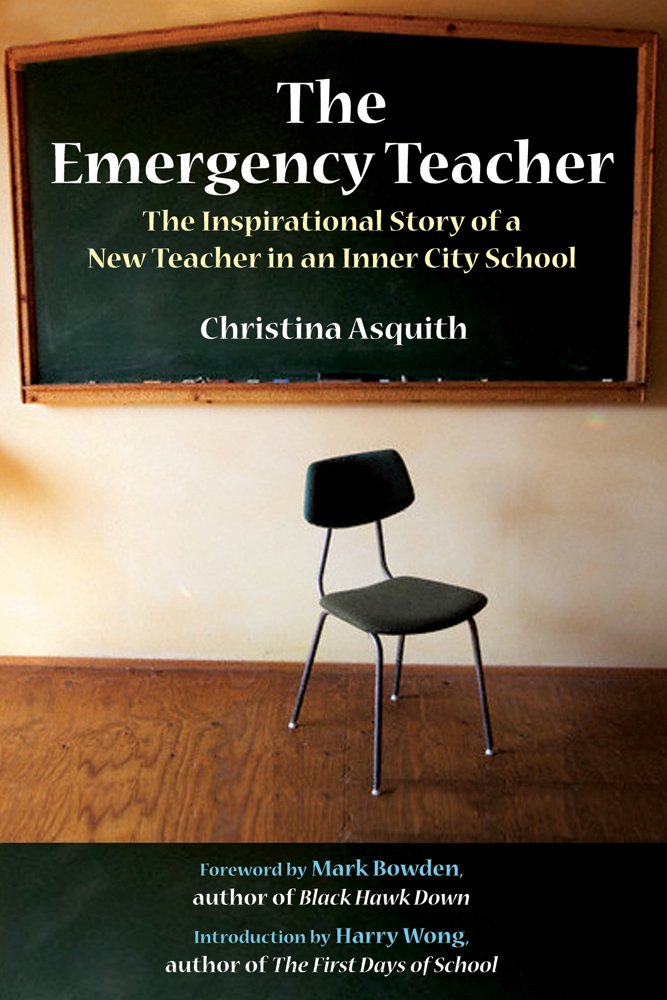Julia de Burgos: A Short History
It is a free school system, it knows no distinction of rich and poor... it throws open its doors and spreads the table of its bounty for all the children of the state. Education, then, beyond all other devices of human origin, is the equalizer of the conditions of men, the great balance wheel of the social machinery.
Horace Mann, Secretary of Education, Massachusetts, 18371848
O n a blustery November afternoon in 1905, in a working-class Philadelphia neighborhood, dignitaries rode trains into Broad Street Station to witness the opening of one of the first public high schools in the nation. U.S. President Woodrow Wilson, then head of Princeton University, led a procession of bigwigs including Pennsylvania Governor Samuel Whitaker Pennypacker and the CEOs of railroad companies, transatlantic steamship concerns, and carpet millsbusiness luminaries of the great Iron Ageto the corner of Eighth and Lehigh avenues.
Inside the auditorium of the new school, called the Northeast, distinguished guests took the podium in top hats and canes and declared the school a symbol of democracy, freedom, and equal opportunity, all distinctively American virtues. The major newspaper of the day splayed the event across the front page: A FREE HIGH SCHOOL FOR WORKING CLASS BOYS? This high school was headline news.
We want men of capacity who are able to turn their hands to anything. This capacity is one characteristic of real Americanism, Woodrow Wilson said at the opening ceremony. Benjamin Franklin was such a man as this, who would invent such practical things as an improved pump on the one hand and establish the Philadelphia Philosophical Society on the other. The distinct note of Americanism is fitness for anythingadaptability to the age, to its thought, its action and its utterance.
Designed by famed architect Lloyd Titus, the brand-new Northeast stood a full city block in length, a towering school of limestone and silver granite, with a black iron gate ringing the grounds and a battlemented center turret flanked by projecting gable ends that reached one hundred feet from the ground into the sky. The three-story structure had transom panels and gargoyles leaping from the cornices. Two stone lions guarded the front four steps leading up to the entranceway. The $400,000 construction cost was unprecedented at a time when most grammar schools were housed in churches, homes, and abandoned farmhouses. The schools focus was vocational training. It had a large manual training department, with a forge room in the basement and a wood-turning room on the third floor. The principal, Dr. Andrew J. Morrison, made it known that each boy would have his own forge and anvil. Powering electricity through the building were two Corliss engines the design of which the boys were to study. The building dominated Lehigh Avenue like a medieval castle built in the imposing style of a traditional English boarding school.
The idea of taxpayer-funded public schooling for the masses was largely unheard of. At the time, educationand the idea that all children ought to attend schoolwas a progressive, controversial concept, though its popularity was spreading. Among the earliest education proponents were Massachusetts Secretary of Education Horace Mann and former U.S. President Thomas Jefferson. They argued that democracy would never succeedand equal opportunity would never be realizedwithout free schools for all. However, throughout the 1800s their arguments fell on deaf ears. Even parents disagreed. They wanted children at home doing manual labor. In the 1800s, primary schooling, if it happened at all, had traditionally fallen to churches and parents. Informally organized groups of parents contributed to a teachers compensation, either by paying what amounted to a pittance or offering a gift, say, of food, like a bushel of wheat. Older and younger children were taught together. Most boys left to work on the farm or in factories by thirteen years of age. Only upper-class children benefited from trained tutors or religious leaders, and these students were then funneled into Ivy League universities.
The industrial revolution would change that attitude. The Pennsylvania Assembly was one of the first states to create a Free-School Law, in 1834 and 1836, which became the basis of a statewide system of tax-supported grammar schools for young children. Throughout the 1800s, other states followed, and eventually government-funded grammar schools became common.
High schools, however, were still rare in 1905. Some of the first high schools were Boston English Classical School, started in 1821, and Philadelphias Central High School, which opened to a distinguished pool of male students in 1838.
Nineteenth-century boys would need preparation to do more high-tech industrial jobs, and high schools made for perfect training centers. Philadelphia, a city that had been a center of politics, religion, intellect, arts, and letters, according to historians Nathaniel Burt and Wallace E. Davies, was transforming itself into the Workshop of the World, or so said the citys chamber of commerce. Philadelphia had become an industrial giant, dominant in steam locomotives, textiles, the railroad, and all things iron, steel, and coal. Transatlantic steamers charged down the Delaware River from Liverpool and Antwerp, only two miles from the Northeast school.
Northeast Philadelphia was packed with so much industry that local neighborhoods took their nicknames accordingly: There was Brewery Town, a German section of Northeast Philadelphia packed with factories like the Schaefer Brewing Company, along with Gasoline Alley, a burgeoning transportation industry hub near Broad and Lehigh that began with carriages and wagons and moved on to Packards, Cadillacs, Fords, and Studebakers. Northeast Philadelphia was home to the largest textile industry in the world. Philadelphia produced more textiles than any other American city, employing 35 percent of the citys workforce, with 7,100 separate companies, most of which were clustered within a few miles surrounding the Northeast Manual Training Center. Carpet manufacture was were another homegrown Philadelphia industry.
Also headquartered within a mile of the soon-to-be neighborhood high school, Northeast Manual Training Center, were prominent companies such as Baldwin Works, which built one of the first American-made locomotives in the 1830s, and by 1884 had thirty-eight buildings and nineteen thousand employees; the Quaker Lace Company, with eighty looms spinning tablecloths and lace curtains; John Bromley and Sons, the oldest and largest carpet manufacturer in the country; and the Stetson Hat Company, which produced three million hats by the 1920s. With more than twenty buildings (including its own hospital), thirty acres of floor space, and thirty-five hundred employees, Stetson was the size of a small town.
Immigrants, who doubled Philadelphias population from 500,000 in 1870 to 1,000,000 in 1920, lacked mechanical skills in a day when demand for such labor was surging. As the Philadelphia economy surged forward, the interests of educational proponents entwined with those of capitalists, and that made high school an appealing idea.
From its first year, the Northeast Manual Training Center would enjoy decades of success as one of the nations most prestigious public high schools. Graduates like Herbert Max Abramson and Edgar E. Bailey grinned from yearbook photos, wearing ties and meticulously slicked-back hair. They listed their aspirations to be A Harvard Man, and to Own a Railroad. The school would host a number of dignitaries, including two U.S. presidents, Albert Einstein, Babe Ruth, Herbert Hoover, Amelia Earhart, and movie actress and World War II pinup Ann Sheridan. It would win scores of awards. Even as the concept of public high schools caught on in the 1930s and 1940s and enrollment became commonplace in America for both boys and girls, Northeast was still one of the most well-regarded high schools in the nation.




